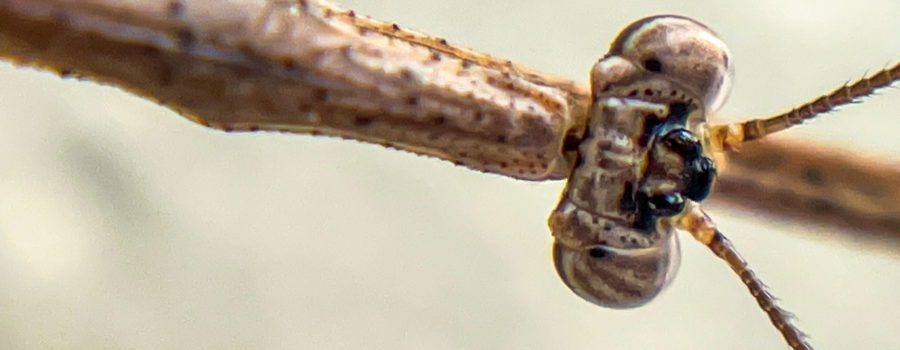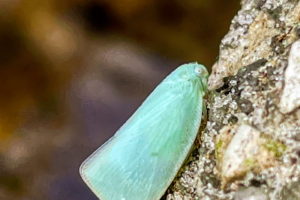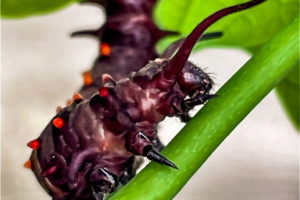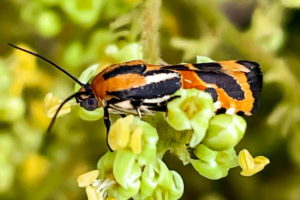The Amazing Grass-like Mantis is a Strictly Southern Species

As I have stated on a few other occasions, the white walls of our kennels and office building at work are wonderful for attracting insects. I suspect that they see the white paint as a light source. Since I’ve been paying attention, I have found moths of several types, a giant Katydid, some beetles, and butterflies. Those insects also attract insect predators including the grass-like mantis or American grass mantis. I’ve seen these guys out there several times, usually sitting in their iconic hunting position with their first pair of legs stretched out in front of them. They don’t always appreciate my attentions, and several times when I’ve tried to photograph them they’ve flown away, but finally I found a pretty cooperative subject.

One of the reasons that I really wanted to get some photos of these guys is that they are the only members of their family that can be found in the United States. There are fourteen tropical and subtropical species in the family Thesprotia all of which are found in South America except for the American grass mantis which is only found in Florida, Georgia, and some parts of Mississippi. Aside from the other reasons that these guys are pretty cool, I wanted to share them so that people who don’t live here get the opportunity to see them, even if only in photos.

So what else makes these guys cool? There are several things. One amazing thing is that the females can reproduce asexually through a process called parthenogenesis, where embryos are produced from unfertilized eggs. All of these embryos will be females, but they allow for reproduction in a short lived species when males may not be available. Another interesting aspect of the grass-like mantis is that it closely resembles a walking stick, especially when in it’s hunting pose. Like the walking stick, it’s coloration and long, narrow body shape allow it to stay hidden in grasses and downed pine needles. Also like walking sticks, grass-like mantises are sexually dimorphic. Females of this species do not have wings and do not fly, while males do have wings and are also very adept at flying (as I have discovered!). Finally, male grass-like mantises have a well developed auditory organ which gives them a very sharp sense of hearing. This was actually part of what made this male a great photo subject. The clicking of the shutter was enough to get him to look at me, even when one of us shifted positions! He was very alert, but unlike the others I had encountered, he didn’t seem to be especially bothered by my presence.

These mantises, like all mantises are considered beneficial to gardens and agricultural fields because they eat many of the insects that can damage plants and crops. They are very good hunters with great appetites and are known to eat grasshoppers, aphids, flies, spiders, moths, ants, and beetles, among others. Although the American species is strictly insectivorous, some of the South America species can even sometimes catch larger prey such as tree frogs and juvenile lizards! I’m sure that many of you have mantises from the Mantadae family where you live, but I hope you have enjoyed this glimpse at one you won’t see unless you decide to head south!






Recent Comments